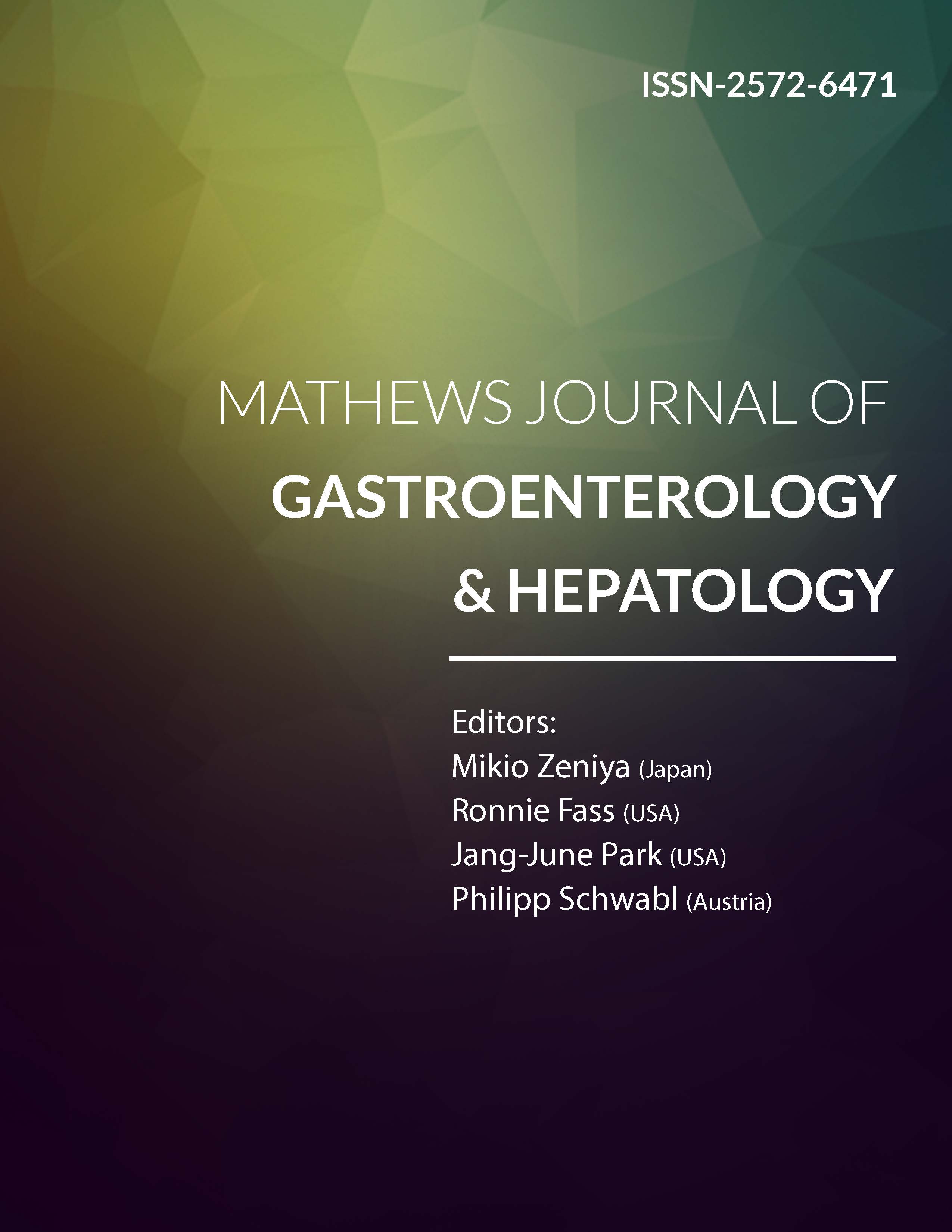
Information Links
Previous Issues Volume 9, Issue 1 - 2024
Gastroprotective Potential of Indian Medicinal Plants- A Comprehensive Review
Suchandra Goswami (nee Banerjee)1,*, Sruti Karmakar2, Koushik Brahmachari3, Prashanta Sarkar4, Nisha Sharma5, Mousam Ghosh1, Sanchita Maji1, Susanta Koley1, Santanu Shaw1, Diptendu Goswami6
1Bengal School of Technology (a College of Pharmacy), India
2Department of Environmental Sciences, Asutosh College, Kolkata, India
3Bidhan Chandra Krishi Vishwavidyalaya, Mohanpur, Nadia, West Bengal, India
4J.B. Roy State Ayurvedic and Medical College, Kolkata, India
5Chhatrapati Shahu Ji Maharaj University, Kanpur, India
6Smt. Vidyawati College of Pharmacy, Gora Machhiya, Kanpur Road, Jhansi, India
*Corresponding Author: Suchandra Goswami, Ph D (Pharmacy), Bengal School of Technology (a College in Pharmacy); Sugandha More, Hooghly, West Bengal, India, Pin 712102; Email: [email protected]
Received Date: May 3, 2024
Published Date: June 3, 2024
Citation: Goswami S, et al. (2024). Gastroprotective Potential of Indian Medicinal Plants- A Comprehensive Review. Mathews J Gastroenterol Hepatol. 9(1):23.
Copyrights: Goswami S, et al. © (2024).
ABSTRACT
Due to its versatile active ingredients, Indian biodiversity provides ample opportunity to search for putative therapeutics for the worst needy health conditions. Medicinal plants offer many natural remedies and are recognized as safe therapeutics. In India, the majority of people suffer from gastrointestinal disease due to poor living conditions, abundant food, smoking, environmental pollution, etc. India is a rich biodiversity zone, and its natural resources, whether plant or mangrove, need to be reviewed. Plant families such as Fabaceae, Ephedraceae, Meliaceae, and Apocyanaceae are enriched in a number of bioactive ingredients that are worthy of drug profiling. Thirty-two plants from different medicinal families were chosen for the study of their gastroprotective properties. Disease, such as gastric disease, peptic ulcers, duodenal ulcers, inflammatory bowel disorders, regurgitation, heartburn, and gastric cancer, were explored. This review includes a thorough discussion on different antiulcer models, anti-Helicobacter pylori activity, anti-gastric cancer activity and clinical studies. The pharmacokinetic fate of promising plants has also been reviewed. A number of plants, namely, Alstonia scholaris, Terminalia arjuna, Terminalia macroptera, Terminalia chebula, Withania somnifera, Kaemferia galanga, Geranium Willfordii, Pelargonium sidoides, Saussurea lappa, Azadirachta indicaand Aloe vera, exhibited anti-H. pylori activity. The important bioactive constituents present in the extracts are coumarins, alkaloids, anthraquinone, terpenoids, glycolipids, glycoproteins, saponins, flavonoids, lignin, tannins, glycosides etc. Although thirty-two plants have been identified at different stages, new therapeutic remedies can be designed by studying the pharmacological effects of one or more extracts separately and in combination to generate combinations of active compounds.
Keywords: Anti-ulcer, Anti H pylori, Natural product, Pharmacology, Gastric, Clinical, Neem